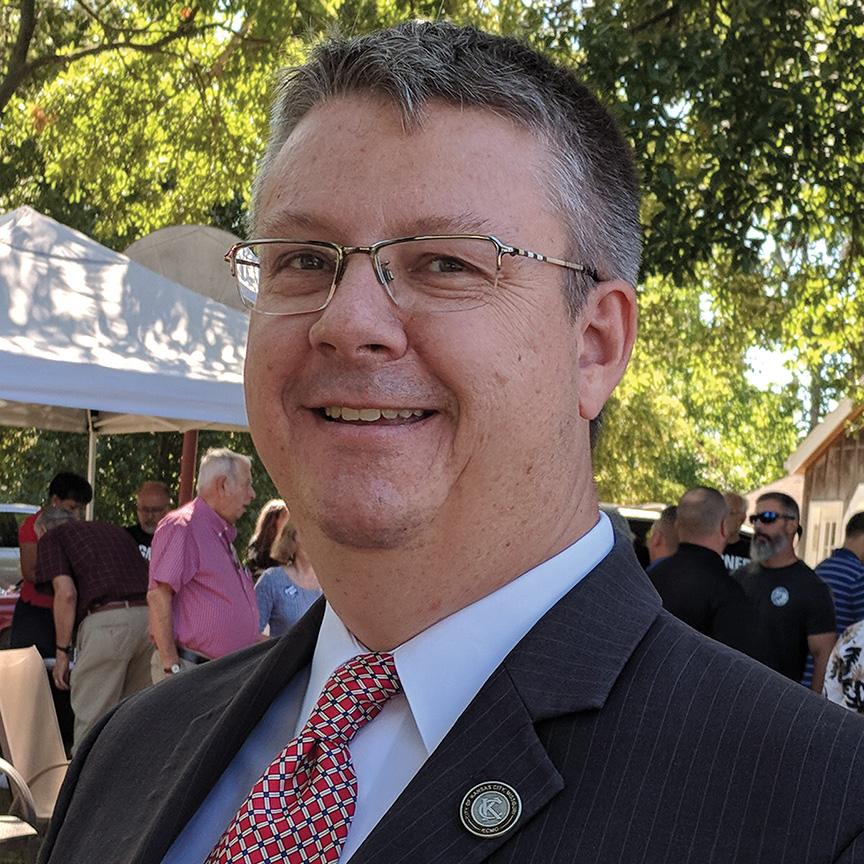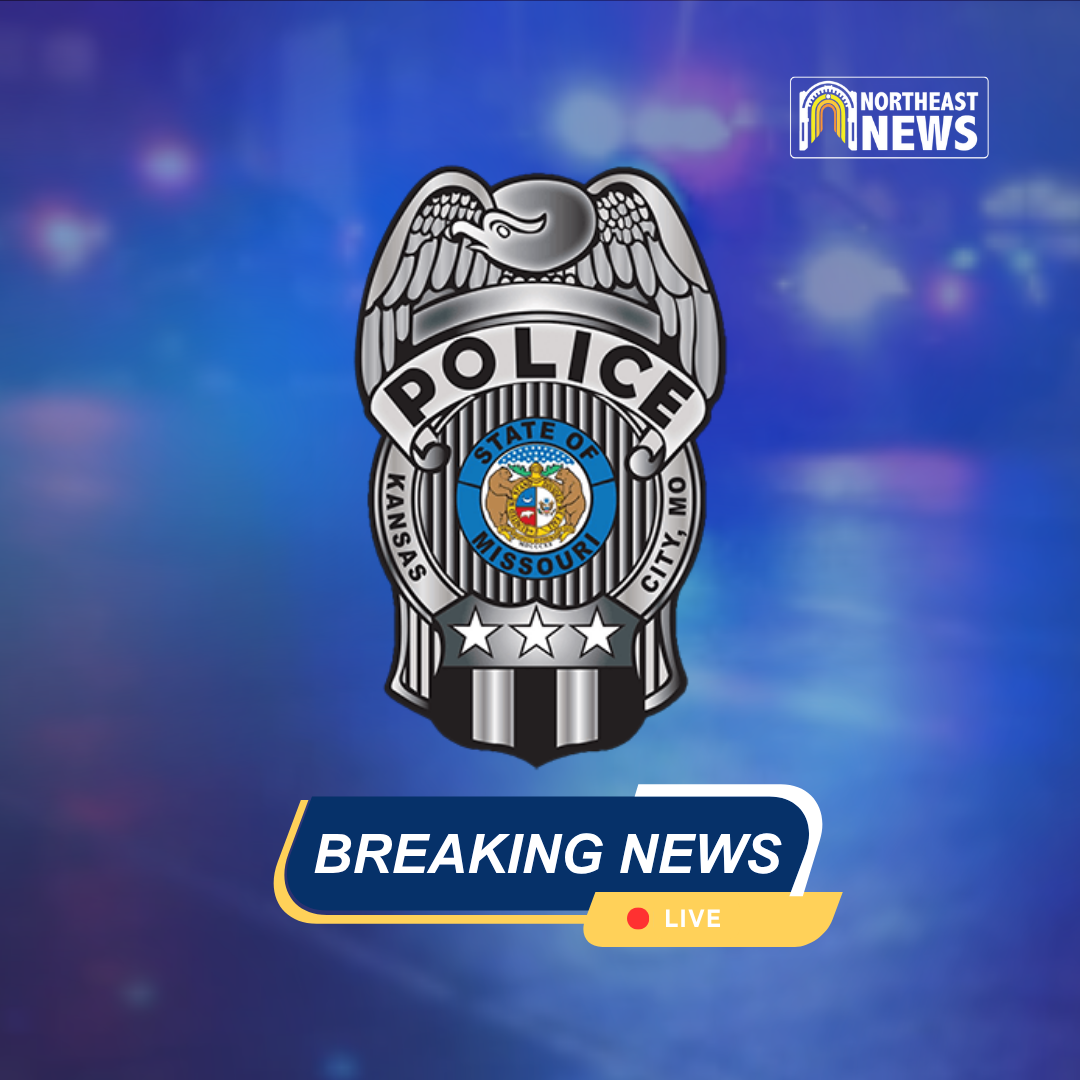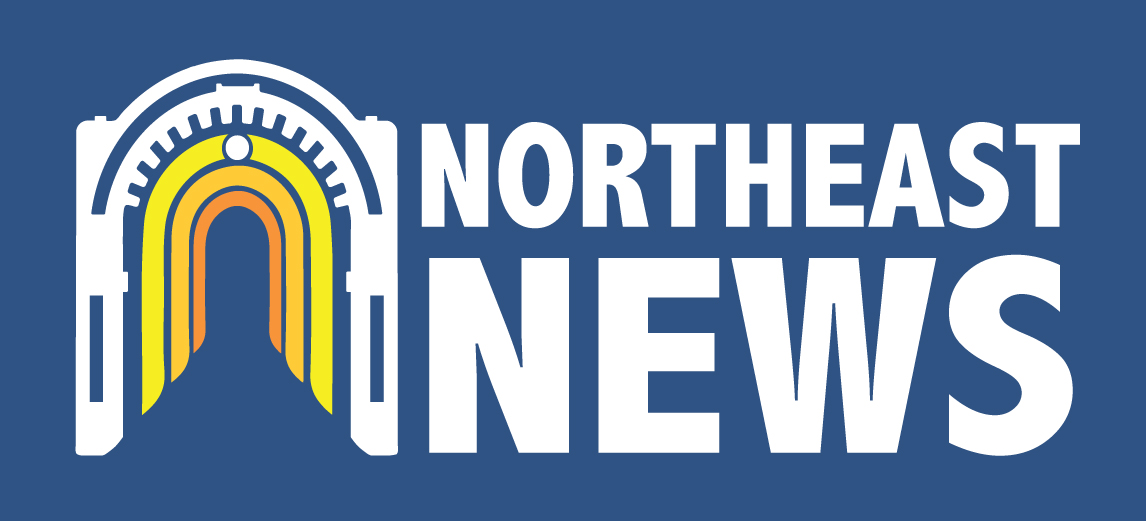

Northeast News
Sponsored Content
Board of Parks and Recreation Commissioner Scott Wagner joined Northeast News Publisher Michael Bushnell for this week’s update from the Kansas City Museum.
Wagner’s work with the museum goes back 15 years to when he was first appointed to the Kansas City Museum Advisory Board in 2005. Ruthanne Harper was insistent that Mayor Kay Barnes bring forward this group to talk about how the museum could move forward. Residents of Northeast and others began advocating on behalf of the museum.
A few years prior, the Kansas City Museum Association merged with Union Station to form Union Station Kansas City, which stemmed from the discussion of the tax that helped bring Union Station back and establish Science City, Wagner said.
“Fast forward a few years, there’s this huge concern that as everyone has essentially moved to Union Station,” Wagner said. “That advisory group was formed really to start asking the question of what is going to happen, and what can be brought forward to do reuse, kind of beginning that planning process to figure out what’s going to happen at this site.”
Through the years, conversations over ownership of the collections were made murky by the various entities involved.
With leadership like George Gaustello and Sean O’Byrne the conversation was much more collegial, Wagner said. Someone was speaking on behalf of the history of the museum, and that was this advisory board’s function, asking the questions on behalf of the city that no one wanted to ask and pushing to make sure that there were good answers to those – which some were good, some were not – but I think it helped put us in the position that we’re in today.”
Wagner went on to serve on City Council, bringing a unique skill set. When Union Station leadership fired a very popular manager of the museum, it got the attention of the Scarritt Renaissance neighborhood, where Corinthian Hall is located.
“I don’t think the Union Station leadership at that time expected the firestorm that it would cause, and as that continued to catch fire and fester and grow, that was in many respects the last straw for everybody, all the way around,” Wagner said. “Union Station’s leadership was relatively new, so I think they were trying to figure out how to get out of it.”
That incident exposed all the old scars and opened up a conversation to doing something different. He credits Jim Glover, who was Fourth District At-Large Councilman at the time, for suggesting getting the Parks Department involved.
“What was really necessary was to show that if you don’t trust the management you’ve got, then you’ve got to create a new management model to start getting some faith back,” Wagner said.
Conversations ensued with then-City Manager Troy Shulte, department heads and elected officials, who concluded that to propel the museum forward, the Parks Department take over. They proceeded confidently, as the department had run the Kansas City Zoo, Starlight Theater and Liberty Memorial before transitioning them to private management.
While under the stewardship of the Parks Department, a plan was formed to stabilize the museum for the future. Now, the museum has been closed for going on three years as $22 million in renovation and restoration take place, ushering the museum into a new era as a regional destination.
“The whole idea is that that facility is to tell Kansas City’s story,” Wagner said. “Back when it first became a museum in the late 1930s, early 40s, Kansas City looked vastly different than it is today. It was still more urban, as opposed to today being suburban, exurban, which creates the challenge for the facility now to tell a compelling story that draws people there on a consistent basis.”
For those who visited just five or six years ago, the museum told a story that was not a dynamic one, Wagner said, adding that it was the same museum visitors walked through in the 70s, minus when they had to shut the third floor down.
“We’re creating something that people can come to from all over the city, all over the region, and learn a little something about this community,” Wagner said.
There is also a strong desire to include the history of neighborhoods in Kansas City, but even when Corinthian Hall opens, the museum won’t be finished. The gatehouse, stables and other buildings in the complex are still in need of renovation and programming, but Wagner sees it as an opportunity to add to the story of Kansas City.
“That’s what we’re all interested in, and as long as it’s relevant, then there’s reasons for people to come and hear the story and participate, and be a part of it,” Wagner said. “That’s good for the museum, but that’s also good for our surrounding neighborhoods that hopefully will also get a benefit from a very dynamic and energized museum.”
Sixteen years later, Wagner is a member of the Kansas City Museum Foundation, which will be transitioning into a management role for the museum over the next few months as the Parks Department steps back. There are philanthropic and volunteer elements that come along with running an asset like a museum, Wagner said, that the department is not best suited to do.
“There’s an intensity of managing that you really have to have, with a group that it is their sole mission to do that,” Wagner said. “The Parks Department, we’re good stewards, but we also know that we have to hand things off to the people who are professionals and who are dedicated to that mission, and that’s okay because we can still provide the oversight that’s necessary, we can still provide the transparency that’s necessary, because all those entities – including a museum foundation – will answer to us in some form or fashion, but the day-to-day stuff, that’s not us and you don’t want it to be us.”
Looking forward to incorporating the museum’s new spaces into the social fabric of the neighborhood and the city, Wagner drew a comparison to Rozzelle Court at the Nelson-Atkins Museum of Art where visitors feel embedded in the art, and return even if they’ve seen the exhibits already.
“What I’m hopeful for is that the museum is not just seen as a place to see regional Kansas City history,” Wagner said. “I want it to be and I hope people will come for that reason, but if someone says, ‘That is an interesting place to go have dinner or lunch,’ then I hope they go there because… that may provide them an opportunity to then see something that they didn’t see before, and so it’s that socialization that I think the museum will bring when it opens.”
Wagner said the new additions and opportunity for social gathering will set this new era of the Kansas City Museum apart.
“Here’s a new reason for you to come and participate, be a part of your neighborhood, in this facility that was meant to be an asset for the city,” Wagner said.
He noted the many Kansas Citians who have had a part in this process over nearly 20 years to get it where it is today – people like Ruthanne Harper, Rita Nell and Gary Marsh.
“It has taken just that continuous push to get us where we’re at,” Wagner said. “We wouldn’t be here without that and we would not be in the position that we’re in – whether it’s been Anna Marie [Tutera] in her position with the Parks Department, Mark McHenry to Terry Rynard, Mary Davidson to Shomari Benton. All those folks that are there today are standing on the shoulders of giants, but without everybody along that continuum, this wouldn’t be happening.



















